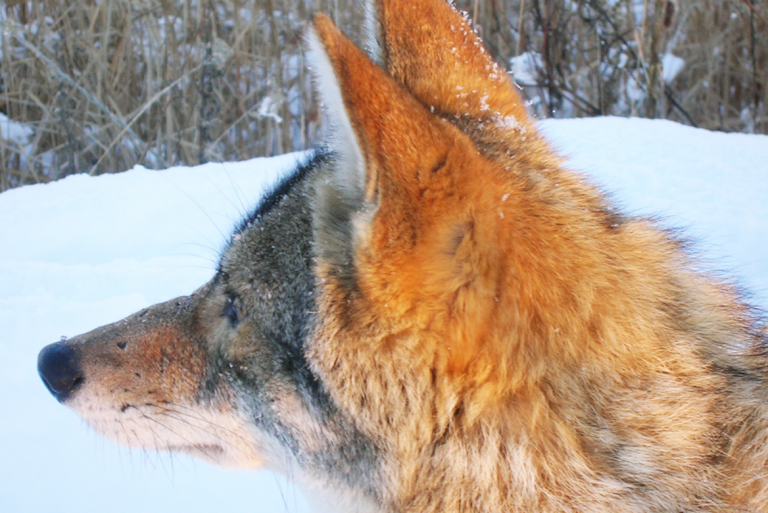
How coyotes adapt to living among us
Max McGraw had an insatiable curiosity about the natural world, and through the Max McGraw Wildlife Foundation he tried to encourage that same curiosity and


Max McGraw had an insatiable curiosity about the natural world, and through the Max McGraw Wildlife Foundation he tried to encourage that same curiosity and
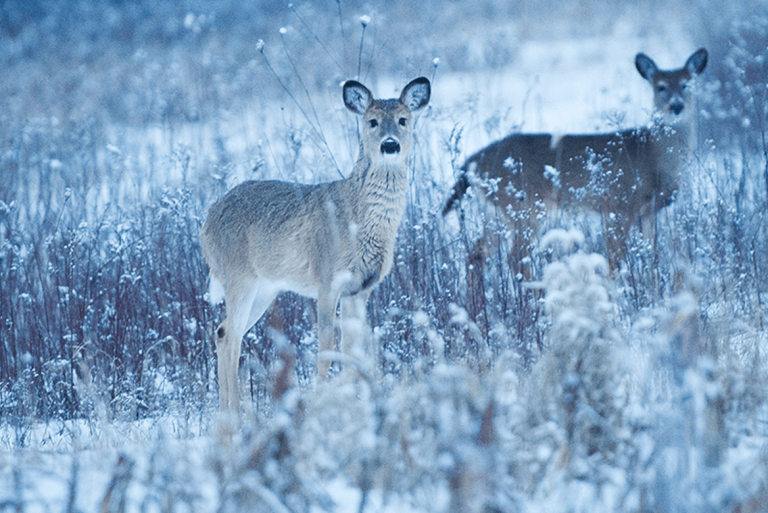
White-tailed deer respond well to urbanization, and often become locally overabundant. At times, their numbers can cause ecological degradation to natural habitats and present a

This project was a three-year effort to review and quantify the expenditure of U.S. taxpayer funds on wetland conservation in prairie Canada. Unprecedented in its

Lorem ipsum dolor sit consectetur adipiscing elit ipsum dolor sit Lorem ipsum dolor sit amet, consectetur adipis cing elit, sed do eius mod tempor incididunt
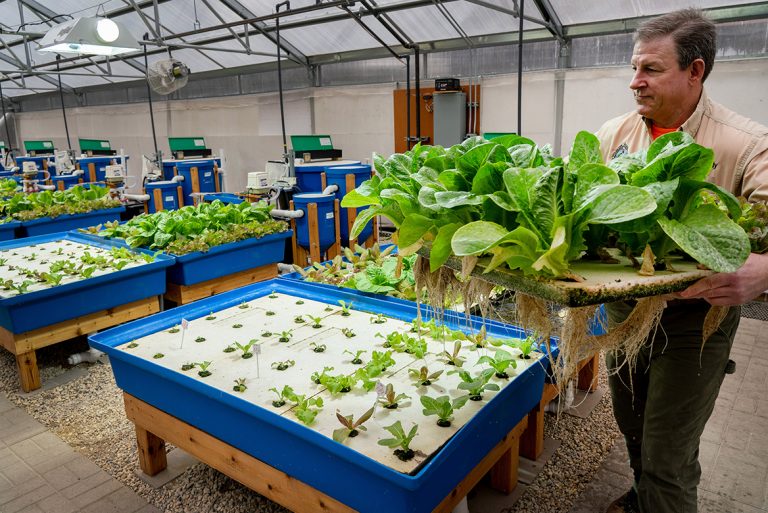
Almost from its beginnings as Max McGraw’s private weekend retreat, McGraw has raised freshwater game fish and released them into the Foundation’s lakes, providing an
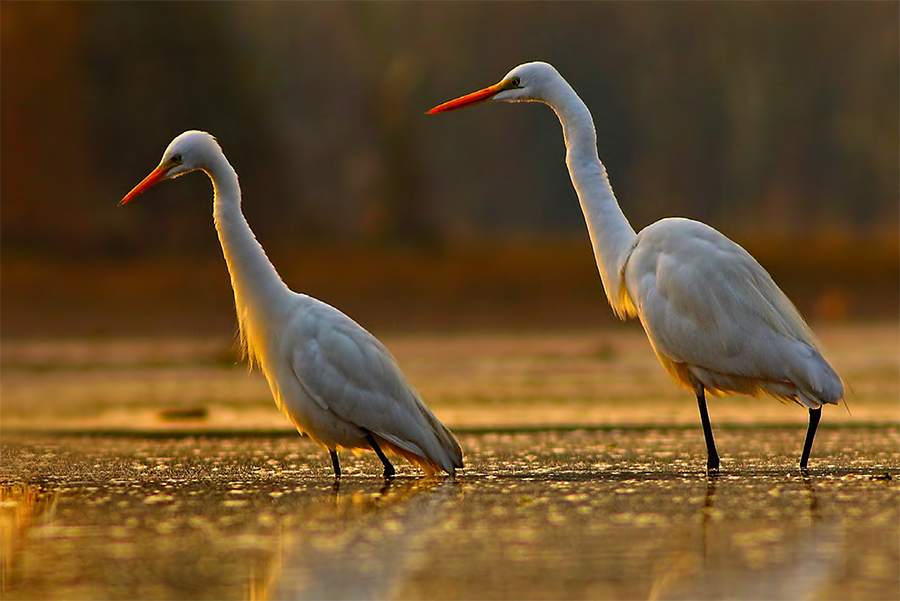
This 2024 white paper identifies and proposes common-sense and economically viable alternatives to draining wetlands; improved water-management practices applied to existing tiling systems; and incentives to restore previously drained wetlands. READ THE REPORT (PDF)

As states and provinces consider ways to manage non-resident waterfowl hunters, a McGraw team of esteemed wildlife professionals developed guidelines to be used as a starting point for discussions. These guidelines were crafted to reflect the principles expressed in the North American Model of Wildlife Conservation. READ THE REPORT (PDF)
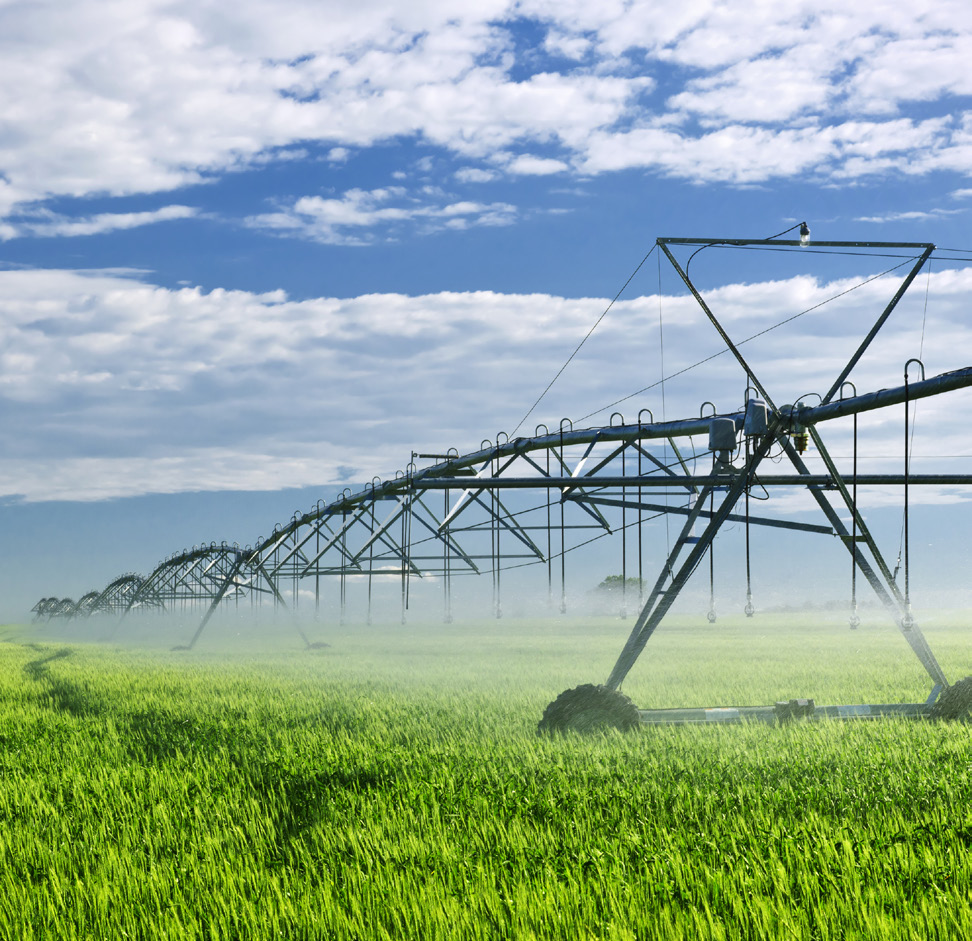
This white paper offers new ideas and solutions for the conservation title in the federal Farm Bill. It is the result of work by a McGraw-led team of conservation and production agriculture professionals from the public and private sectors. READ THE REPORT (PDF)
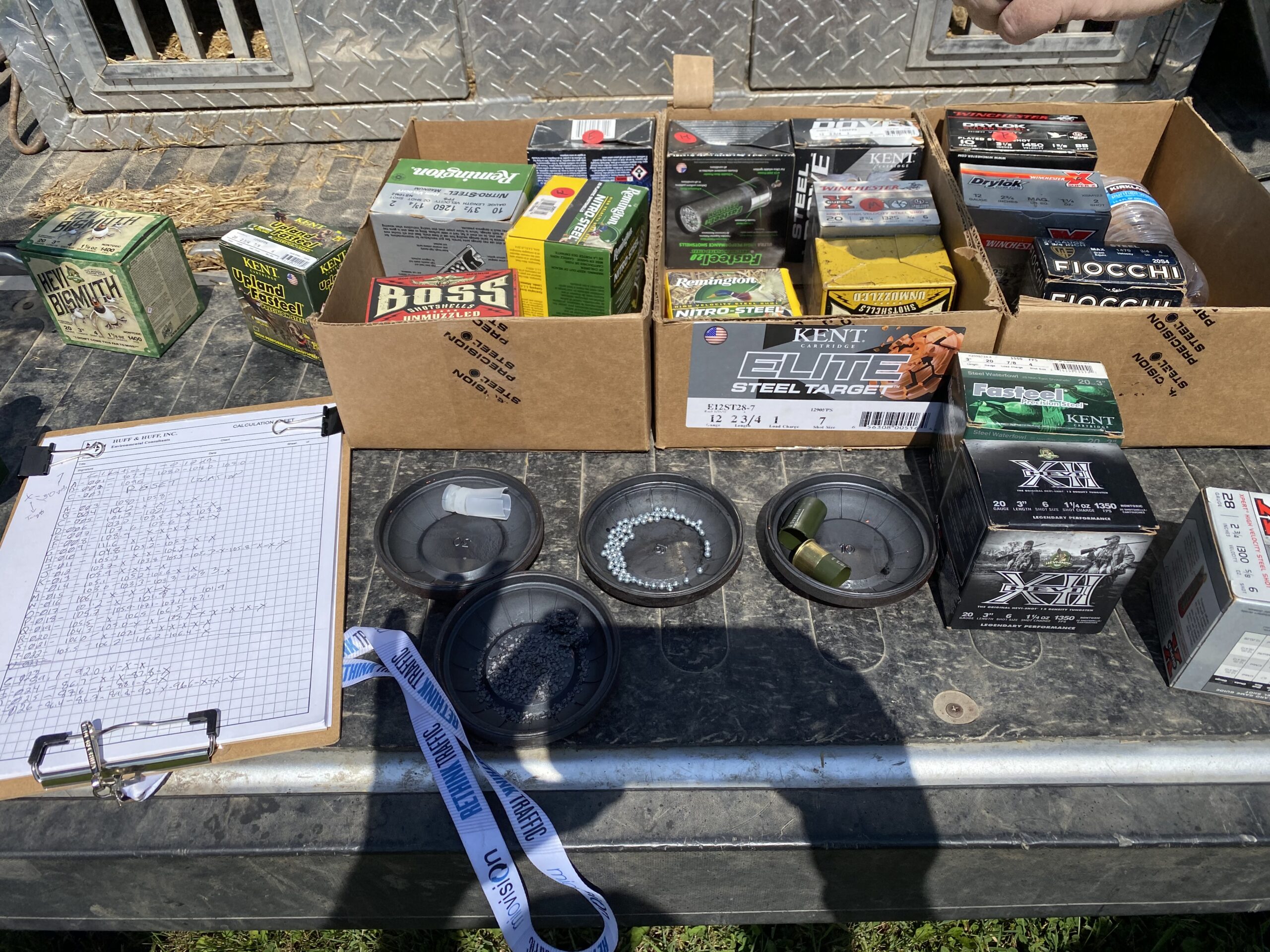
This study sought to answer whether small-gauge shotguns are inherently quieter than the 12-gauge and therefore disturb fewer ducks and geese in the course of hunting. The study also attempted to measure the efficiency of various gauges. READ THE REPORT (PDF)
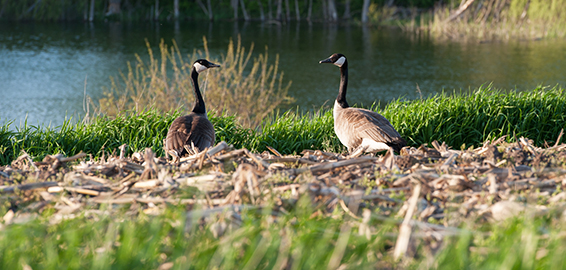
This project was a three-year effort to review and quantify the expenditure of U.S. taxpayer funds on wetland conservation in prairie Canada. Unprecedented in its scope and ambition, the review identified several ways to improve results reporting and communications in hopes of better informing stakeholders and decision makers of the program’s successes and challenges going forward.
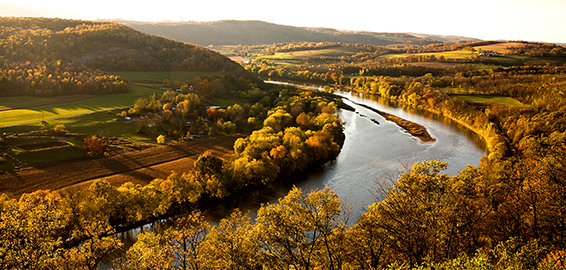
The team on this longer-term project developed recommendations for efficient, sustained use of financial resources to improve land, water and wildlife outcomes in agriculture. Their work provided educational materials and information about federal agricultural policy as it pertained to the 2018 Food Security Act (Farm Bill). LEARN MORE READ THE REPORT (PDF)
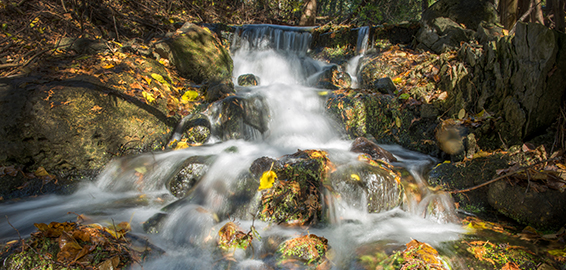
The passage of the Great American Outdoors Act in 2020 brought with it one of the most-desired outcomes in conservation history: Guaranteed full funding for the federal Land and Water Conservation Fund. A McGraw white paper on the fund helped kick-start the drive for full funding, and a 2021 update outlines how much remains to be done to make LWCF an example of well managed, efficient conservation funding and programming. READ THE REPORT (PDF)READ THE UPDATE (PDF)
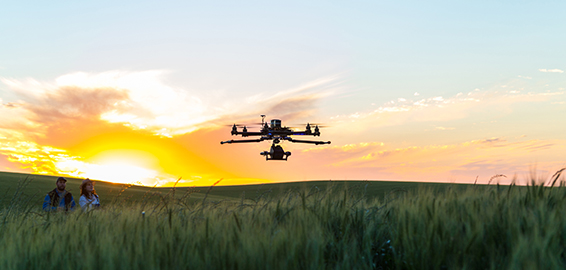
McGraw is providing seed capital for Conservation Leadership is providing seed capital for an innovative program using drones and thermal imaging to locate duck nesting sites in the Prairie Pothole Region of Canada. The technology holds huge potential for wildlife management in general and duck management in particular. WATCH A VIDEO
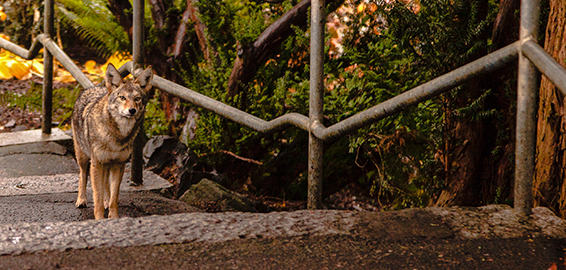
This project began in March 2000, and is currently the longest and largest coyote study to date. Prior to the 1990s, coyotes were only occasionally sighted in the Chicago area, and were not a regular member of the urban fauna. As coyotes have increased in number and expanded their range across North America, they began colonizing urban centers such as Chicago. Our objectives are to determine how coyotes achieve success in urban landscapes and the implications of this success for people and their pets. In addition to uncovering aspects of coyote ecology, we also focus on disease dynamics and the potential pathogens the animals host, and we seek solutions to human-coyote conflicts. We are using the most recent technological advances to uncover the mysteries of these animals, such as satellite-monitored GPS collars for movements, stable isotope analysis for diet, serologic techniques to detect disease, and SNP’s and genomic sequencing for genetic analysis. As the urban coyote population continues to increase in distribution and abundance within the city, we continue to monitor them to determine if there are changes in the behavior, physical condition, genetic structure and the prevalence of disease.
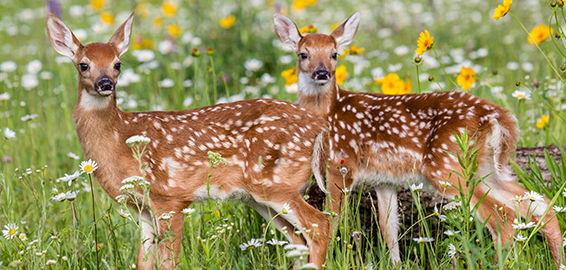
White-tailed deer respond well to urbanization, and often become locally overabundant. At times, their numbers can cause ecological degradation to natural habitats and present a threat to human safety through collisions with vehicles. To manage deer populations, many agencies use mathematical models to make management decisions for local deer populations, but one critical component of those models — fawn survival — is often unknown. With the rise of coyotes within the Chicago region, it is possible that coyote predation may affect deer recruitment in urban preserves. We began monitoring fawns and adult deer in Cook County forest preserves in 2013 as part of a long-term project to estimate survival of fawns and identify the primary causes of mortality.

The mission of this report is to provide a vehicle of transformation for the Illinois Department of Natural Resources, elevating the department to its rightful place of leadership, respect and trust in the eyes of the citizens of Illinois, the department’s professionals and the nation. READ THE REPORT (PDF) READ THE UPDATE (PDF)
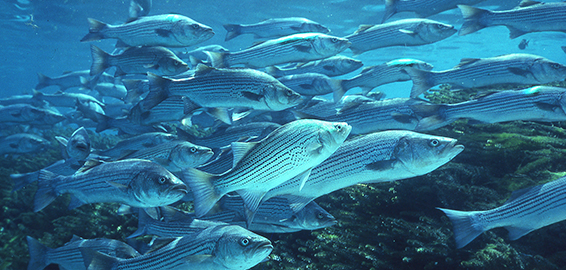
This project assessed the economic impact of the recreational and commercial striped bass fisheries along the Atlantic Seaboard, in hopes of fostering better and more responsive management policies governing this historic, iconic fish. LEARN MORE (PDF)
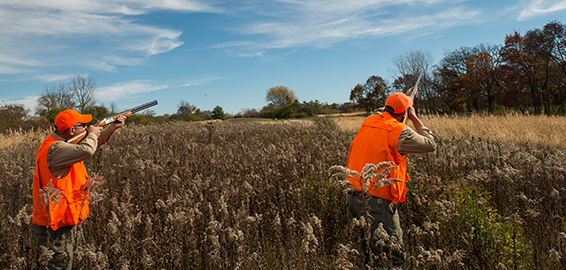
This innovative look at the experiences of Hispanic hunters and their views on hunting was a cooperative effort with the National Shooting Sports Foundation and five state fish and wildlife agencies. We used highly selective case-study research to develop new methods of improving hunter recruitment among all demographic groups. LEARN MORE (PDF)
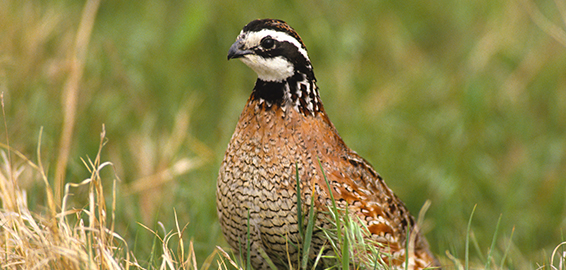
In 2017, the McGraw Center for Conservation Leadership assembled a team of leading specialists to discuss the challenges of sustaining northern bobwhite quail in their traditional range of northern Illinois and to determine the viability of a trap-and-transfer program to boost populations in specific locations. Several critical themes were explored, including:
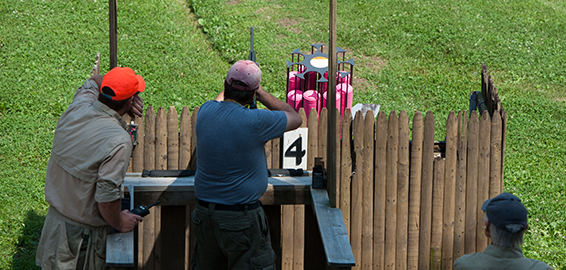
As part of its study of the Illinois Department of Natural Resources, McGraw led the way in creating an online-only hunter safety course for Illinois. Yet an online-only course should be one of the larger, necessary changes in hunter education and must be part of an integrated reform plan that embraces existing and emerging technologies to achieve economic efficiencies and better serve the public. By making hunter education a cornerstone, we will ensure better recruitment and retention of future hunters and foster a culture of safe, ethical hunters.LEARN MORE (PDF)
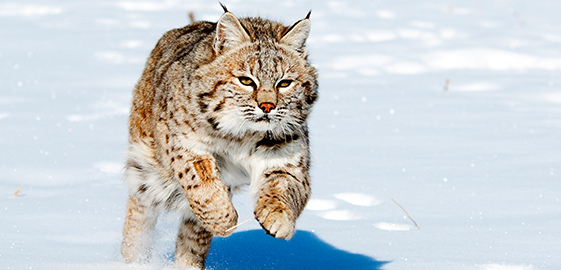
Trapping Matters was an educational effort to ensure that professionals from federal and state wildlife agencies recognize the importance of trapping in conservation and wildlife management. The workshops taught the best management practices involving trapping and included communications training to foster understanding among the media and general public. LEARN MORE (PDF)

The purpose of the McGraw Dove Symposium was to assemble a network of leading dove managers and hunters to address statewide population trends in Illinois and to share best practices for managing dove fields and dove hunting. After a series of erratic years in Northeastern Illinois, leaders of the Max McGraw Wildlife Foundation convened the symposium in hopes of finding a better way forward. LEARN MORE (PDF)